The 20 Best PlayStation 5 Games of 2024
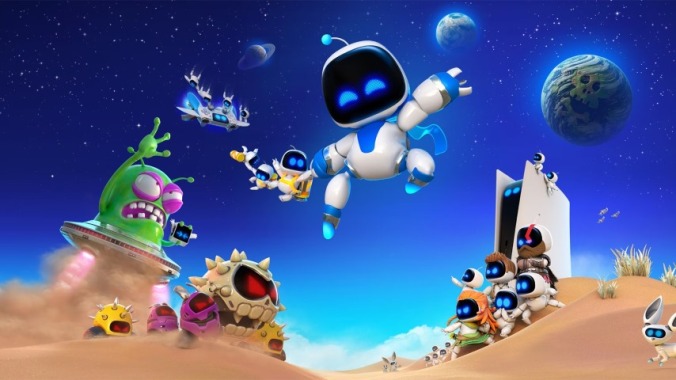
Paste‘s recap of the best games of 2024 continues with the PlayStation 5, which turned four in November. The leading high-end console of this generation recently got a tune-up with the fall release of the PlayStation 5 Pro, but it’s not like the base system is outdated, or anything. It remains a versatile machine, capable of running some of the most technologically advanced console games of the era, but with a deep library of games from studios of all sizes. 2024 wasn’t really a big year for PlayStation 5 exclusives—almost all of the games below can be played on PCs or other consoles—but if you want a single machine that gives you the broadest possible access to the defining games of this era, and don’t want to invest in or mess with a gaming PC, the PlayStation 5 is the system for you. And below you’ll find 20 reasons why.
For more year-end games business, check out our lists of the best games of 2024 and the best PC games of the year. And stay tuned for our Switch and Xbox wrap-ups in the days to come.
20. Kill Knight
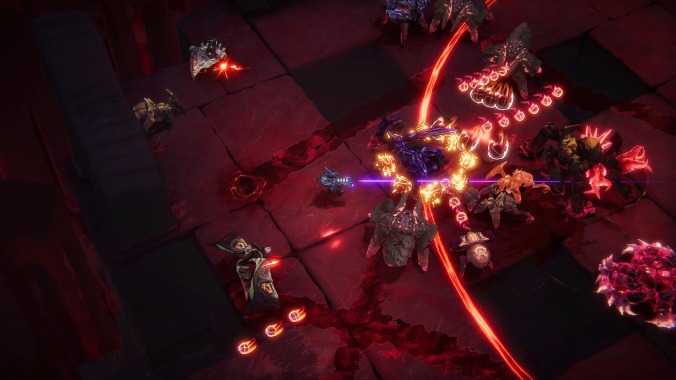
Kill Knight will make your eyes bleed, and I mean that as a compliment. You play as a banished knight doomed to fight wave after wave of creeping monsters in the Abyss, all in order to find the Last Angel and slay them. Basically, it’s a metal album cover in ludic form where you shoot and slash via arcade-style twin-stick gameplay that heavily borrows from DOOM (2016). The core loop is all about brutalizing demons while managing resources to ensure maximum-efficiency bloodletting; you need to kill with your sword to get ammo for your heavy-hitting weapons, absorb blood crystals to charge your special attack, and use said special attack to recover health. It sounds simple enough, but when the screen is filled with laser beams, saw blades, and insects from the ninth layer of hell, it can be a little tricky to keep everything straight. While each of these five levels is unforgiving and fast-paced, thankfully, the controls are silky smooth, mostly giving you the tools to overcome these torments while carving out a killer high score. While I haven’t gotten through all these arenas yet, at its best, I’ve found myself completely engrossed in white-knuckled leaderboard chasing as I tried to maintain my combo and composure.
If I have a main complaint, though, it’s that some of these levels feel less thoughtfully designed than others (I hate the third one!) because they can be filled with traps that are hard to parse amidst the screen full of guys who really, really want to kill you. Another grating detail is that to unlock new weapons and armor, you’re encouraged to complete arbitrary optional objectives that mostly feel like a chore (you can also buy these via an in-game currency, but this takes forever). Basically, getting at least some of these extra weapons seems pretty important for competing on the leaderboard, but doing so can feel like a grind, and I honestly would have preferred it if all the stages and items had just been unlocked from the jump to make it easier to get to the good part. Still, while it can be a tad frustrating in some ways, Kill Knight is a must-play for high-score chasers who want to test their reflexes or see alarming amounts of lo-fi carnage.—Elijah Gonzalez
19. Final Fantasy VII Rebirth
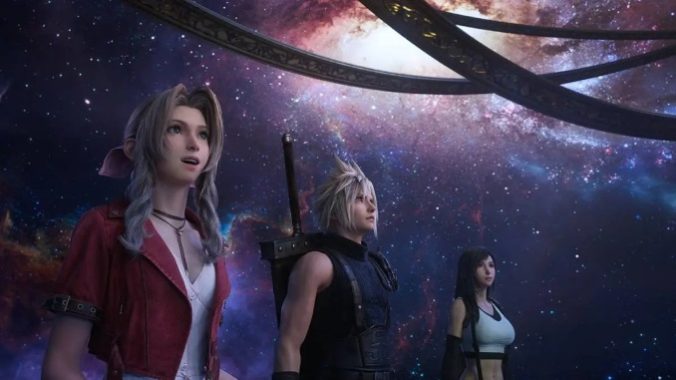
Final Fantasy VII Rebirth is most successful when it’s playing the hits. I cannot understate the shit-eating grin I bore on my face time and time again as I revisited places and characters that I’ve grown to love over the years. Costa Del Sol’s whole deal is fan service of the highest degree, for example, but upon some reflection, it’s hard to pinpoint a part of the game that isn’t. After all, VII‘s shadow is long and immense, and why cast light on it when you can draw it out even more? And so Rebirth keeps much of the original’s weirdo second act intact, from the march in Junon to the offputting and bizarre dolphin minigame just below it. Rebirth opts for accentuating Final Fantasy VII‘s eccentricities rather than casting them off or rebuilding them in many of these instances, and by god do I love it for that. Especially coming off of the constant escalation and movement of Final Fantasy XIV‘s 10-year story that I’m still working through, as well as the overly serious and misguided attempts of Final Fantasy XVI, Rebirth‘s unadulterated spirit is a breath of fresh, untainted-by-Mako-poisoning air. It’s a game whose playfulness never fails to rear its head, whether it be in some ludicrous plot advancement, a side quest where you are forced to fight as a frog, or partaking in any one of Rebirth‘s many, many minigames.—Moises Taveras
18. Kunitsu-Gami: Path of the Goddess
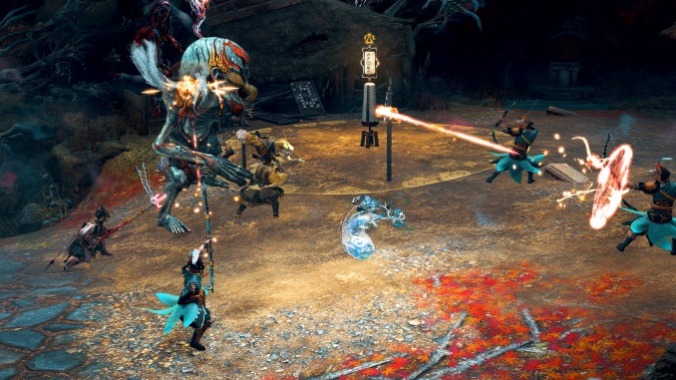
Dance-mad strategy game Kunitsu-Gami is a grower. I couldn’t stop thinking about it after my positive-but-cool review back in July, and even went back and started it up again a month or two later, which I almost never have time to do. It’s fundamentally out of step with the industry and its trends today, and totally confident in that unique vision, which is the kind of fire that forges cult favorites. It was not a hit, but it found its people, and those people love it, for good reason: it mashes up tower defense strategy with the satisfying scratch of the village sim, and then steeps it all in a bewitching portrayal of Japanese folklore. It might have fallen off the radar for most people, but Kunitsu-Gami is a path worth taking, and one of the best games of 2024.—Garrett Martin
17. Unicorn Overlord
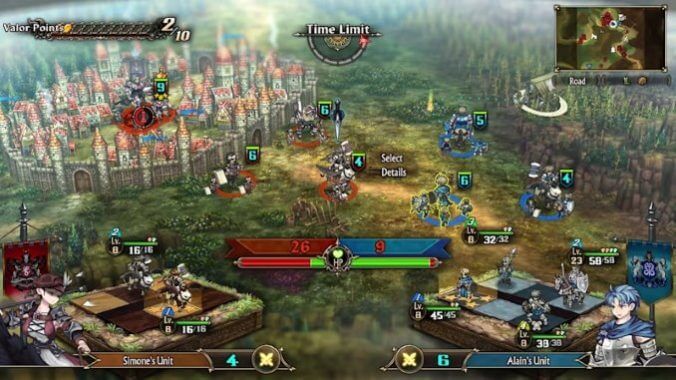
This is more or less the story of Unicorn Overlord: Its art is beautiful, its battle system is fun, and it has the best gameplay loop of maybe any SRPG I’ve ever played, reminiscent of old Fire Emblem if it were built with modern conveniences. It’s a pretty wrapper for a bad story, but that story is at least unobtrusive enough that it neither adds nor takes away from the gameplay. Building towns and promoting units gave me an unmatched feeling of satisfaction, and when I got to see my improvements play out against an especially tough battle, it felt great. I did find myself dragging my feet at about the 30 hour mark, when I was close enough to the end to have made most of the improvements to my army that I could, but no longer pulled through by the momentum of the story. What made me push through wasn’t just how fun the action is, but the small things: the design of new items in the shop, the new towns to save, and the fun of remixing my units to see if they could win in new ways.—Emily Price
16. Shogun Showdown
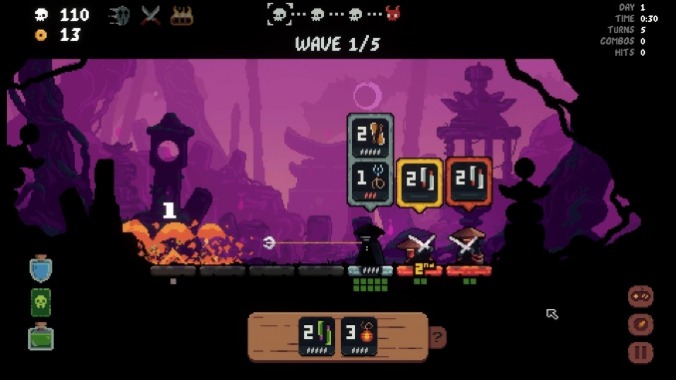
Listen, I get the complaints, especially for folks with no interest in cards; roguelike deckbuilders have rapidly become a hot genre, sometimes to the point where it feels like every other game made by a smaller team checks these same boxes. But while there are a lot of them, a significant chunk of these find their own fascinating niches, which not only helps distinguish them among genre-diehards but also helps newcomers wrap their heads around a style of experience they may not get the appeal of. By removing the traditional concept of a deck while retaining complexity and tough choices, Shogun Showdown threatens to suck in a whole new cohort until they’re haggling at their local boardgame shop for the Planeswalker that will tie their deck together (ok, maybe they won’t go that far, but still). There may be a lot of games about cards these days, but as long as we continue to get ones that shuffle things up in bold and compelling ways, I’m not worried about getting sick of the genre any time soon.—Elijah Gonzalez
15. Crow Country
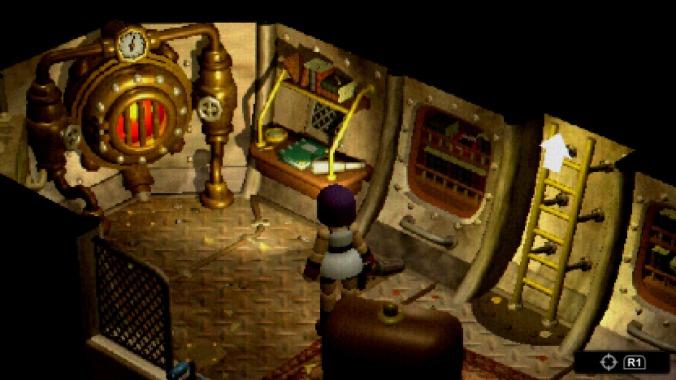
Set in 1990 in an abandoned theme park in Paste‘s home town of Atlanta, Ga., Crow Country wears its OG PlayStation influences on the sleeves of its Charlotte Hornets Starter jacket. On the surface it ticks off all the classic survival horror boxes: limited ammo and health, an awkward aiming system, incentivizing head shots (or even just running) over any other attacks, and a claustrophobic atmosphere full of dread and jump scares. I generally hate survival horror, so I’m glad to report there’s so much more to Crow Country beyond those genre trappings. It’s really more about puzzles than action, almost like a Sierra point-and-click with a three-quarters view and the occasional need to shoot something. You explore the park’s various themed areas, looking for clues to a bewitching central mystery about the park’s creation and abrupt closure. The writing is compelling throughout, both creepy and funny, and its small cast of characters are concisely sketched with lifelike depth. An engrossing enigma that’s clever from start to finish, with buckets of retro warmth and charm, it’s one of the best games of 2024. Plus it mentions the Atlanta Falcons. Obviously I’m going to dig it.—Garrett Martin
14. Ys X: Nordics
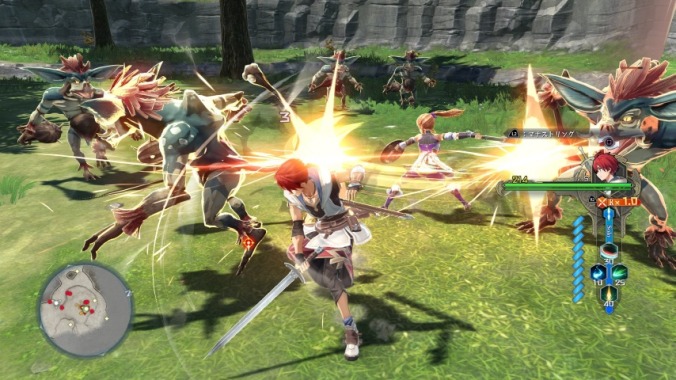
Putting Adol Christin on a boat for most of the runtime of a game seemed like a bad idea, considering his lengthy history of accidents at sea, but maybe Ys X being set before most of those incidents occurred saved him from that fate. Adol proved seaworthy, at least here, and Ys X managed to not only change up the setting by having so much of it occur on the water, but the fighting, as well. Ys X’s combat might seem a little slower at first, since it involves more blocking and evading than usual, but don’t confuse this for a Souls-like: once you start learning some skills, you’ll be using those instead of standard attacks for the most part, and basically never stop moving or attacking outside of the occasional block or evade.
This change gives Ys X an energy that Ys IX could never quite capture in its battles, and the tag-team setup that replaced the party format allows you to focus on building these massive, damage-multiplying skill chains that keeps battles moving no matter how many of them you fight. And, unlike with Ys IX, the pacing is tremendous: you can complete the whole game in a couple dozen hours if you want, but if you’d prefer to go 40-plus or beyond, there’s enough Ys and enjoyment for that, as well. It’s one of the greatest Ys games going, which is saying something.—Marc Normandin
13. Helldivers 2
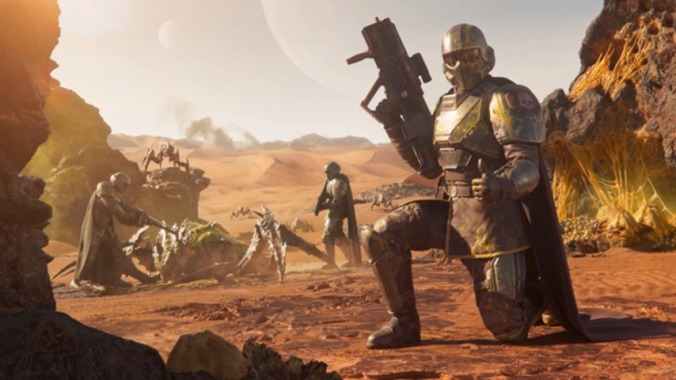
Helldivers 2 has had a bit of an up-and-down journey this year: it was an unexpected breakout hit, then drew ire for its temporary PSN linking policy and balancing decisions, until finally mostly ending up back in players’ good graces after a few extensive patches. The result is that this exercise in interstellar jingoism is more engaging than ever, with a huge arsenal of stratagems and ordinance that will almost inevitably accidentally turn your allies into mincemeat. This increased range of viable options results in much more varied “liberating,” with tons of tools that can be the right one for the current job. Although this increasingly empowering game balance squares awkwardly with all its glib anti-fascist satire, Helldivers 2 remains a brutal co-op shooter that demands teamwork if you want to avoid completely biting it. Well, that will probably happen even if you’re all well-coordinated veterans (again, that’s sort of the point considering the Starship Troopers inspiration), but that steep challenge makes for an oddly satisfying experience that will keep you and your friends marching toward certain doom.—Elijah Gonzalez
12. Tales of Kenzera: ZAU
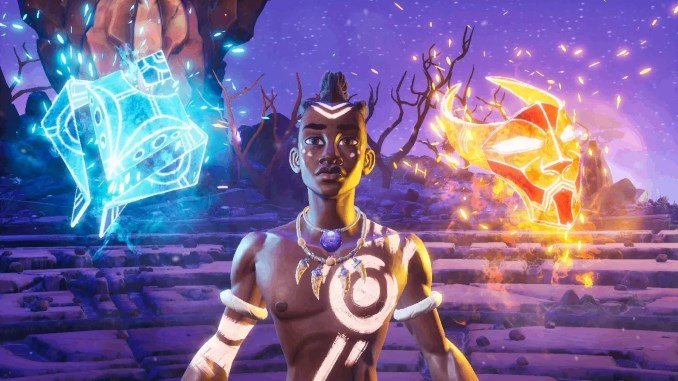
The beauty of Tales of Kenzera: ZAU is that grief is not linear. It’s not something you heal from and it doesn’t ever look the same across two people. It’s a deeply unique experience, but at the same time, it’s also universal. The complexity of grief is what makes it so. Zau feels anger, guilt, and sadness. He feels all of it and he mediates those emotions in the Great Spirits he helps cross over. He helps a parent loosen their grip on their child, he provides a salve to the anger between father and son, and he learns to let go. Each new character is a different expression of why you can get stuck in your loss, how it can debilitate you and keep you in an endless loop, ultimately impacting those around you. But even when the darkness rushes in at the end of boss battles as you try to escape a zone, the vibrancy of those emotions is never lost. When I pitched this article, I didn’t know if anyone would understand what I meant. The grief that Surgent Studios has captured is vibrant and saturated. It’s not a dull pang or a numbness that creeps. It’s more potent and the beautiful world it lives in makes it all the more impactful.—Kate Sánchez
11. Dragon’s Dogma 2
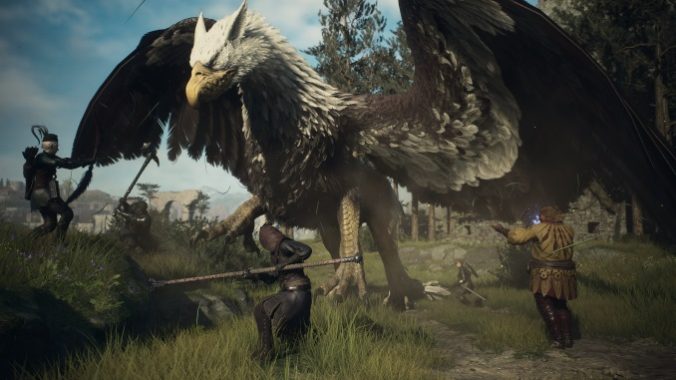
Although its story centers on a monarch trying to reclaim their crown and all the power that comes with it, Dragon’s Dogma 2’s greatest delights come from accepting you can’t control everything. You can’t influence inclement weather or the sun disappearing over the horizon as unsettling monstrosities burst from subterranean layers. You can’t blink across the world without paying for it, and instead, must take long journeys where the only cure for dwindling strength is rest. Sometimes, you can’t even get up a particular cliffside, its steep terrain forcing a different path. And most of all, you can’t always control who lives and dies (although there is a hilariously arcane process to resurrect the dead, for a price, of course). It’s not challenging in quite the same way as FromSoftware’s output, like Dark Souls and Sekiro, although I can see why those comparisons are made. Here, the toughness is less about learning to dodge-roll at the right time and more related to preparation and countering weaknesses. Dragon’s Dogma 2 also isn’t some entirely avant-garde, player-hating thing that rejects “fun” outright. It feels really good when you shield bash a guy, weaponizing the same inertia that’s sent you slipping down slopes to make a foe do the same. After hitting an off-balance enemy with a follow-up attack (aptly named “Empale”), the immaculate thud of the ensuing audio cue is music to my ears. It’s damn satisfying whenever things line up perfectly, like cutting a bridge out from under a charging Cyclops or sending a boulder ripping through an army of Saurians. But what makes these moments truly pop is that you don’t have fine control over when they arrive.—Elijah Gonzalez
10. Prince of Persia: The Lost Crown
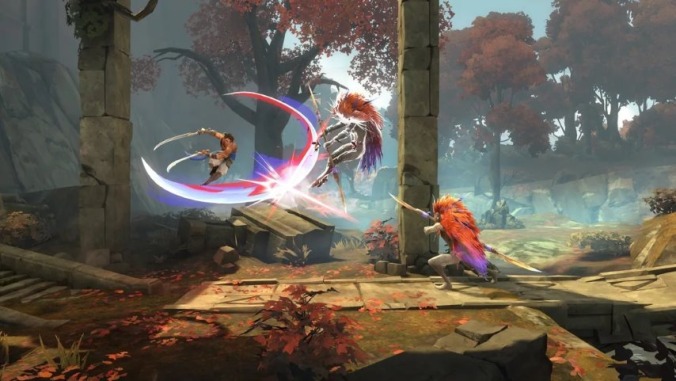
From the first rotoscoped jogs and leaps of Jordan Mechner’s brother, the core of Prince of Persia has been one of the exaltation of movement. We’ve come a long way since young David’s parking lot antics. Returning to its two-dimensional origins, The Lost Crown carries forward the dedication to cruel traps, brisk combat, and fluid motion into a stunningly-realized, interconnected world of elaborate puzzles and shortcuts, and it does it all with a rush of speed the franchise has rarely known. With how truly outstanding this game is, I’d be remiss in not mentioning how astonishingly idiotic the powers-that-be at Ubisoft were for dissolving and reassigning this team to work on old, crusty IP that posts big numbers for shareholders instead of giving them every opportunity to succeed a second time.—Dia Lacina
9. Astro Bot
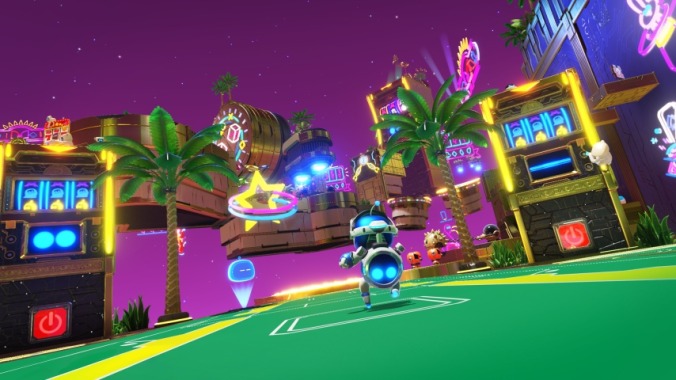
Astro Bot is proof that, when it comes to games, bigger doesn’t always mean better. Sure, this beefed up sequel to Astro’s Playroom is longer and far more popular than that game, but it comes at a cost; while Playroom was laser-focused on plumbing the capabilities of the brand new PlayStation 5, while paying a respectable amount of tribute to the platform’s history, Astro Bot is a little overstuffed with underexplored ideas and mechanics and weighed down by constant nostalgia and references. That’s not to say it’s a bad game; it wouldn’t be here if it was. Astro Bot is an ingenious and eminently playable romp whose restless creativity is admirable and infectious despite its lack of focus. If this was Astro’s non-VR debut instead of Playroom, it would have been a massive revelation. As it is, it’s a really good game that lacks the elegance of its predecessor. It’s still easily one of the best games of 2024, though, and a must-play for Sony heads or platformer fans.—Garrett Martin
8. Tekken 8
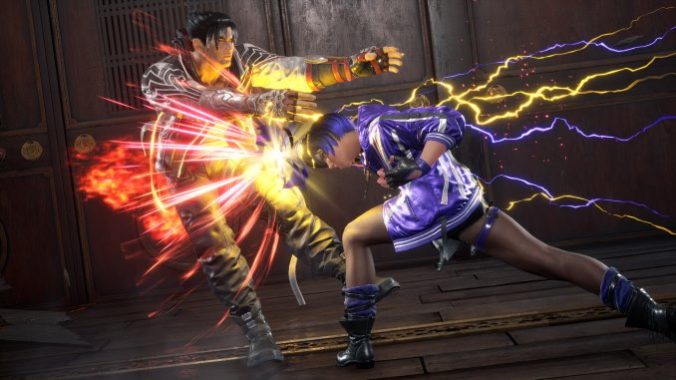
Tekken 8 may not be a sea-change sequel, but it hones what came before, reducing pain points for newcomers without reducing the complexity that makes this series special. Although the dust needs to settle to determine if its Heat system’s boons outweigh its shortcomings, the massive character movesets, rewarding roster, and explosive combos ensure its battles are exciting and tactically deep. Improved teaching tools, like its Arcade Quest mode and training room adjustments, make it easier to experience these highs. Additionally, its revamped look and hard-hitting aesthetics elevate not only its matches but also its story, a high-octane anime-inspired romp that ties together three decades of history into a resounding haymaker. If you’ve ever wanted to learn how to beat a buddy mashing cheap moves in your dorm, been curious about what’s going on under the hood as Arslan Ash and Knee duked it out in impossibly hype EVO sets, or wondered why these buff dudes keep throwing each other off cliffs, there’s never been a better time to dive into the strange and wonderful world of Tekken and find out for yourself.—Elijah Gonzalez
7. Llamasoft: The Jeff Minter Story
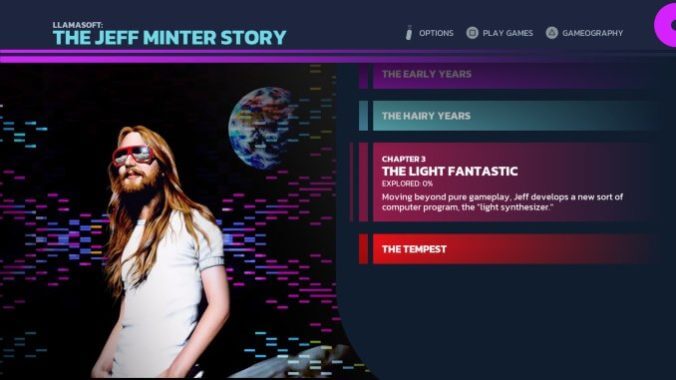
Just as earlier Gold Series entry The Making of Karateka and its precursor Atari 50 gave us an in-depth look at the background and creation of the games they focused on, Llamasoft is full of videos and archival footage about game designer Jeff Minter’s decades-long history and how his games were created, marketed, and received by the press and the public. Minter himself is beguiling, a shamanistic figure who indulges his love of computer games, psych and prog rock, and hoofed mammals in semi-seclusion in Wales, and who has been an outspoken proponent of independent game design for most of his career. The latest entry in Digital Eclipse’s series of playable documentaries collects dozens of Minter’s early games, from his earliest ZX81 rough drafts up to his 1994 masterpiece Tempest 2000, and the hallmarks of a true artist are unmistakable. Throughout his career Minter has continually iterated on similar themes, mechanics, and images, creating a unified body of games whose dreamlike logic and visuals are at odds with their strict difficulty and well-defined mechanics. Minter’s work exists in the contrast between form and function; he’s a visual iconoclast resolutely exploring the most traditional notions of “gameplay” through surreal arcade games that always bear his personal signature. His games look like abstract art and play like something you could’ve found in a bowling alley arcade in 1985, and that’s about the most bulletproof approach to game design I can think of. For over 40 years Minter has made some of the greatest, most inventive games ever, and this brilliant collection is one of the best PlayStation 5 games of 2024.—Garrett Martin
6. Animal Well
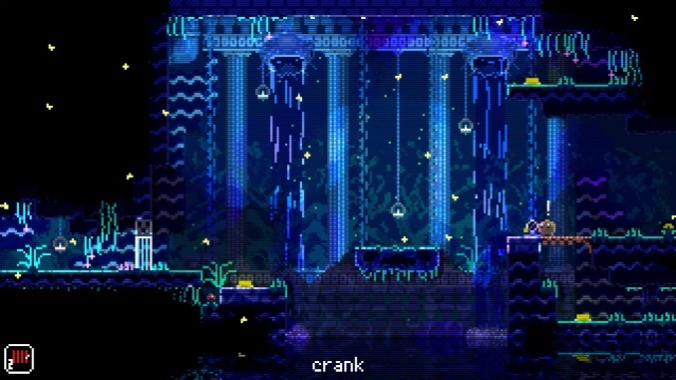
You’ve probably seen many of Animal Well’s components in isolation before. Its structure is at least partially inspired by games like Metroid, its style of puzzles bear a lot of resemblance to Fez, and its retro aesthetics call to mind a whole host of older games and contemporary works. But the way these parts come together is nothing short of uniquely enrapturing. Its smaller puzzles are rewarding, and its larger ones are so satisfying that things can quickly spiral into outright obsession, something made more captivating by this well-realized setting that is charming and disquieting in equal measure. At its core, Animal Well profoundly understands how to encourage and pay off curiosity, which is probably why, even after digging into and solving many of its mysteries, I still need to know just how much deeper this rabbit hole goes.—Elijah Gonzalez
5. Lorelei and the Laser Eyes
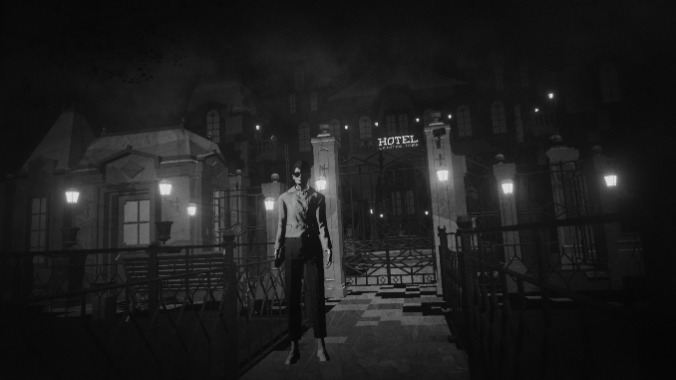
Lorelei and the Laser Eyes is a game with vision. It wraps intriguing puzzles in a digital gothic framework. It makes the most of its chosen medium as it forces us to navigate the tenuous details of this backdrop. Just about every layer of the experience is creatively risky, from its fragmented narrative to its uncompromising barrage of challenges, but these gambles largely pay off to deliver something with purpose and direction. Crafting this kind of maze isn’t easy; it takes a combination of subtle guidance and faith in your audience. But despite these challenges, Simogo never loses sight of how to stoke curiosity about what’s lurking around the next corner, whether it’s a treasure you’ve been seeking or, conversely, something horrible lurking in the dark.—Elijah Gonzalez
4. Ultros
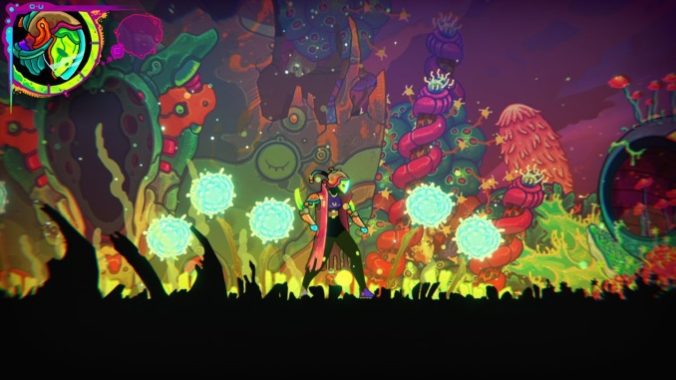
Platforms: PlayStation 4, PlayStation 5, PC
Playing Ultros is gaming in a cloud of color and confusion, a perpetually exciting state of being that evokes the earliest days of videogames while still feeling ahead of its time. Between your constantly shifting relationship with your surroundings, the cryptic goals and hallucinatory interactions, the structure and action of Ultros is as psychedelic as its music and art. And that’s genuinely shocking, as few games are as fiercely devoted to the psychedelic aesthetic as this one. The bright, brilliant artwork by El Huervo channels the twisty chaos of comics legend Brendan McCarthy (who might be better known today as the co-writer and designer of Mad Max: Fury Road), uniting the abstract and the visceral (literally—guts are an omnipresent symbol throughout Ultros) to create an art style unlike any other in games. Meanwhile Ratvader’s original score captures the yawning, dramatic stillness of Popol Vuh, the ambient German rock group who soundtracked several Herzog films. El Huervo’s art and Ratvader’s music are the most obvious psychedelic signifiers in Ultros, but the game itself lives up to their mind-altering ambitions. It’s one of the best games of 2024.—Garrett Martin
3. Thank Goodness You’re Here!

Thank Goodness You’re Here, a surreal puzzle-platformer where comedy takes precedence over everything else, is a game like none other. Imagine if peak Monty Python somehow made an Adult Swim show in the 2000s, except it was a game and not a show, and featured Matt Berry giving another impeccable Matt Berry performance. The “puzzles” are less about challenging you and more just a framework for bizarre little comedy sketches, pretty much all of which are absolutely hilarious. And it smartly ends well before it starts to wear out its welcome, after only two or three hours. It’s basically a perfect game if you share its sense of humor, and if you don’t share its sense of humor, you’re probably a bit of a bore. (Sorry.) It’s one of the most purely enjoyable games I’ve ever played, and I’m thinking it will be as fun to revisit again and again as the great comedies it echoes; it’s absolutely one of the best games of the 2020s so far.—Garrett Martin
2. Metaphor: ReFantazio
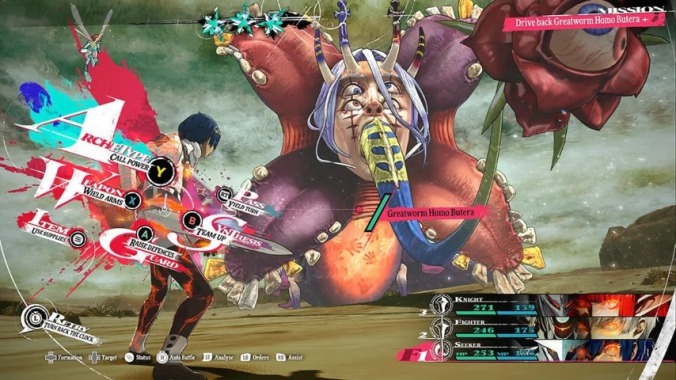
Metaphor: ReFantazio is a great RPG, and an excellent wake up call. The message within it doesn’t feel tacked on. The developers aren’t giving themselves a pat on the back with a not so subtle wish for the story they crafted to be the fantasy that inspires the player without the required foundation. Different structural framings (“use your time wisely and strive to be the best version of yourself”) make a difference. When some people still consider games like Final Fantasy VII to be apolitical in 2024, perhaps the bluntness is justified.
As Metaphor: ReFantazio constantly reminds us, both micro and macro problems are intertwined. What’s the perspective of somebody looking for an abortion in a red state, a family separated by the border, a kid in Gaza? The examples are everywhere, and they’re visibly blunt, too. They’re there while we scroll down on the timeline or in three-second-long attention span cycles while we swipe reels. If only more people made the effort to see things through somebody else’s eyes, perhaps we could regain some semblance of hope that change might stop being a fantasy.—Diego Nicolás Argüello
1. Balatro
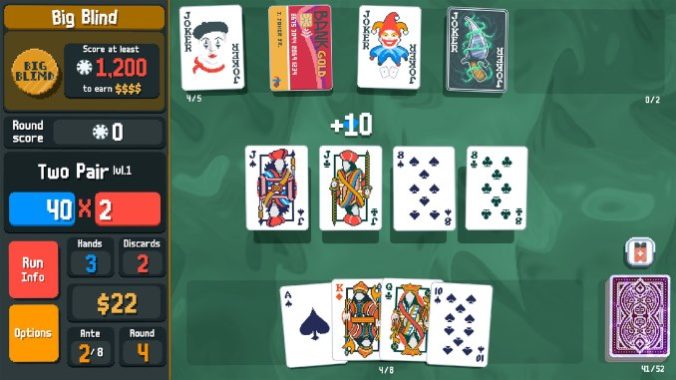
As someone who would rather play virtually any board game than a hand of poker, I was pleasantly surprised by Balatro, a roguelike deckbuilder that transforms this card game into something else entirely. Some elements are what you’d expect; you begin with a standard 52-card deck and score by putting together traditional poker hands like pairs, flushes, and straights. However, where things get interesting is that over the course of a run, you can augment your deck by replacing certain cards with others, upgrading them, collecting passive upgrades that amplify your score, and more. Instead of playing against opponents like in Texas Hold ‘Em, your goal is to build hands that score enough chips to get you through an increasingly expensive series of antes. Like any successful deckbuilding game, decision-making matters in both assembling your deck and playing it. Instead of just going by traditional poker hand strength, points are calculated by multiplying the base amount of chips your hand is worth (chip count corresponds to the card rank, i.e., 9, 10, J, Q, etc.), with the particular multiplier associated with that hand (for instance, a two pair has a x2 multiplier while a three of a kind has a x3 multiplier). Where things get busted is that you can upgrade the multipliers associated with specific hands or cards, and passive abilities add to your multiplier, which can eventually dramatically boost the number of chips you earn. You can gear your deck around certain hands, suits, or passive abilities to increase the odds of hitting big. Outside of the deckbuilding, you’re given a wide array of options and information that makes it feel tactically deep. The game counts cards to let you know the odds, has the option to discard and redraw, allows you to change the order that passive abilities activate, and has consumable items. Good deckbuilders feel fair and like they offer meaningful decisions while constructing and playing your deck. Balatro does all that while also letting you blast apart the rules of poker.—Elijah Gonzalez